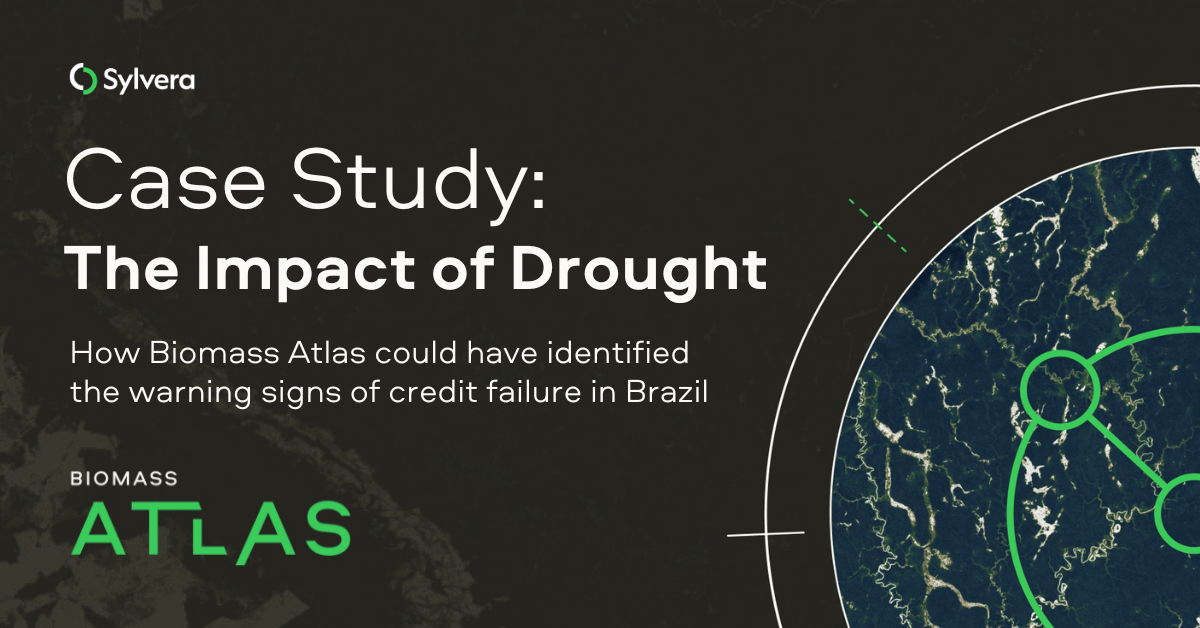“Over the years we’ve invested significantly in our field data team - focusing on producing trusted ratings. While this ensures the accuracy of our Ratings, it doesn’t allow the scale across the thousands of projects that buyers are considering.”
For more information on carbon credit procurement trends, read our "Key Takeaways for 2025" article. We share five, data-backed tips to improve your procurement strategy.

One more thing: Connect to Supply customers also get access to the rest of Sylvera's tools. That means you can easily see project ratings and evaluate an individual project's strengths, procure quality carbon credits, and even monitor project activity (particularly if you’ve invested at the pre-issuance stage.)
Book a free demo of Sylvera to see our platform's procurement and reporting features in action.
An assessment overview outlines Sylvera’s approach to assessing Direct Air Capture projects of potential strengths and risks for buyers to consider. Currently, data disclosures in the space do not meet our thresholds required to produce our in-depth, rigorous Ratings.
With the right data disclosures and collaboration with developers, we can provide the deep project-level insights needed to inform buyers’ investment due diligence and help bring these technologies to scale faster. If you’re a project developer interested in having Sylvera rate your project to help prove impact and optimize investment, reach out to our team.
Further details on the Sylvera assessment overview creation process can be found in our Frameworks & Processes White Paper.
For a deep dive into our DACS ratings assessment overview, download the white paper.
Sylvera is actively working with stakeholders in this space to share data on projects in hopes of catalyzing scale for the DACS market.
What is Direct Air Capture & Storage (DACS)?
DACS stands for Direct Air Capture & Storage, which is a cutting-edge technology designed to directly extract carbon dioxide (CO2) from the atmosphere. It harnesses a combination of chemical and mechanical processes to capture CO2 molecules from the atmosphere. Once captured, the CO2 can be utilized for diverse applications, including conversion into valuable products or secured underground storage.
Similar to CCUS projects, the storage phase of DACS involves injecting the captured CO2 into suitable underground geological formations. These formations include depleted oil and gas reservoirs, deep saline formations, or unmineable coal seams. The objective is to securely store the captured CO2 for an extended period, effectively removing it from the atmosphere.
Alternatively, the CO2 can be utilized in different ways, including utilization. Utilization involves converting the captured CO2 into valuable products or fuels, such as synthetic fuels or building materials. This approach allows for the creation of a circular carbon economy, where CO2 emissions are not only reduced but also transformed into useful resources.
At the date of this article, almost 4M tons of CO2 from the DACS projects have been purchased but only 82k tons of CO2 have been delivered (less than 2.5%).1
How does Sylvera assess DACS credit quality?
Sylvera develops project-type specific frameworks to capture material attributes of carbon projects and create comparable quality metrics that enable users to transact with confidence.
Our DACS rating research synthesizes data from diverse sources including:
- Project documentation
- Socioeconomic data
- Media sources
- Government policy documents
- Academic publications
- Public government data
- In-house proprietary models
These data inform our sub-indicators that roll up into our Sylvera rating and core scoring pillars.
Currently, most DACS projects are in the developmental or early operational stages, indicating their relative newness within the voluntary carbon markets (VCM). Due to this lack of maturity, there is a need for the establishment of a pre-issuance framework.
This framework aims to foster collaboration with project developers actively involved in DACS project development, ensuring the issuance of carbon credits is of exceptional quality. Sylvera is actively involved in close cooperation and information exchange with key stakeholders in the DACS industry. This collaboration aims to gather the necessary documentation required for conducting a pre-scoring assessment of DACS projects, ultimately enabling the issuance of high-quality carbon credits on the VCM.
Sylvera rating process for DACS projects
Our rating is derived from a combination of carbon, additionality and permanence scores. These three core pillars are combined in a series of matrices to ensure that underperformance in one area does not get overshadowed by high performance in others.
Carbon score
Sylvera’s carbon score verifies whether a project is accurately reporting on the carbon removals achieved by the activity. If multiple vintages have been permitted, the carbon score is a vintage-weighted average score. Sylvera’s models rebuild carbon accounting from the ground-up, utilising third party grid data.
Additionality
Sylvera’s additionality score assesses whether (1) the projects’ activities would only have taken place as a result of the carbon project revenue (additionality of activities) and (2) the project has sold too many credits due to LCA underestimation or stability overestimation (over-crediting risk).
The project should demonstrate that an appropriate life cycle assessment was conducted to account for any scope 1 , 2 & 3 emissions associated with the sourcing, transport, production and utilization of the CO2.

Permanence
Sylvera’s permanence score refers to the risk that the removed emissions will later be reversed and released back into the atmosphere. DACS credits are likely to have a low permanence risk given the high stability of geologic storage.

Co-benefits
Sylvera’s co-benefits rating examines whether the project is implementing activities to support local biodiversity and communities, as well as the scale and likely impact of these activities.
Sylvera measures the impact DACS project activities have on biodiversity and community by leveraging data and documents provided by project developers, international organizations such as the International Union for Conservation of Nature (IUCN), the Integrated Biodiversity Assessment Tool (IBAT) and the United Nations (UN).
Download the white paper for a deep dive into our DACS framework.















